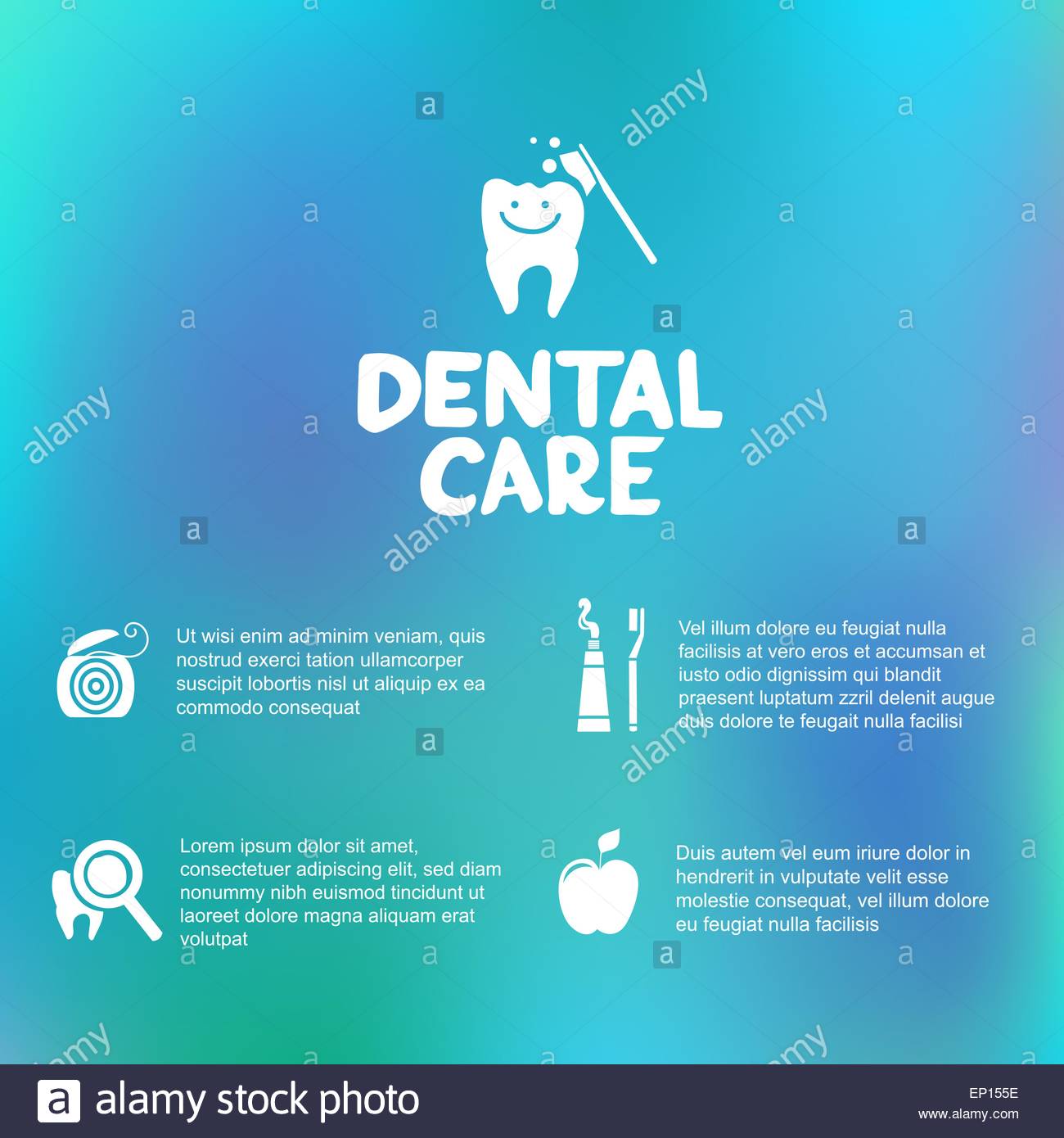The Perspective Of Oral Surgery: Revolutionary Innovations And Enhancements Forming The Occupation
The Perspective Of Oral Surgery: Revolutionary Innovations And Enhancements Forming The Occupation
Blog Article
Web Content Writer-Hermansen Dowd
Invite to the world of oral surgery, where innovations and developments are shaping the future of the field! In this amazing world, you'll witness the transformative power of robotics, the cutting-edge wonder of 3D printing, and the game-changing effect of minimally intrusive techniques.
related resource site of dental surgery holds a guarantee of precision, effectiveness, and enhanced person outcomes. With the help of advanced robotics, doctors are able to execute complex treatments with better accuracy and control.
3D printing innovation is changing the development of dental implants and prosthetics, offering customized solutions that fit effortlessly into each individual's one-of-a-kind anatomy.
In addition, minimally intrusive techniques are lowering post-operative discomfort and healing time, permitting individuals to go back to their lives faster.
Get ready to discover the exciting developments and advancements that are improving the landscape of oral surgery!
Improvements in Robotics
One significant advancement in dental surgery is making use of robotic technology, which enables accurate and reliable surgical procedures. With the help of robotic systems, dental specialists have the capacity to carry out complicated surgical treatments with boosted precision, reducing the danger of human error.
These robot systems are outfitted with innovative imaging innovation and accurate tools that make it possible for doctors to browse through complex anatomical structures effortlessly. By using dentist bonham tx , cosmetic surgeons can accomplish better medical accuracy, causing enhanced person results and faster healing times.
Furthermore, the use of robotics in dental surgery allows for minimally intrusive treatments, minimizing the injury to surrounding cells and promoting faster healing.
3D Printing in Oral Surgery
To enhance the field of oral surgery, you can explore the subtopic of 3D printing in dental surgery. This ingenious technology has the prospective to revolutionize the way oral doctors run and deal with people. Below are four vital ways in which 3D printing is forming the area:
- ** Personalized Surgical Guides **: 3D printing allows for the creation of very exact and patient-specific medical guides, enhancing the precision and performance of treatments.
- ** Implant Prosthetics **: With 3D printing, oral surgeons can create personalized implant prosthetics that completely fit a patient's unique anatomy, resulting in much better end results and person complete satisfaction.
- ** Bone Grafting **: 3D printing enables the manufacturing of patient-specific bone grafts, decreasing the demand for typical grafting strategies and enhancing healing and recuperation time.
- ** Education and learning and Training **: 3D printing can be utilized to develop sensible medical versions for instructional purposes, allowing oral cosmetic surgeons to exercise complex treatments prior to doing them on people.
With its prospective to improve accuracy, customization, and training, 3D printing is an amazing development in the field of dental surgery.
Minimally Intrusive Methods
To even more advance the area of dental surgery, welcome the capacity of minimally intrusive strategies that can greatly benefit both cosmetic surgeons and people alike.
Minimally intrusive methods are changing the field by reducing medical trauma, reducing post-operative discomfort, and accelerating the recuperation process. These strategies involve utilizing smaller sized lacerations and specialized instruments to carry out procedures with accuracy and efficiency.
By using innovative imaging technology, such as cone light beam calculated tomography (CBCT), doctors can properly plan and execute surgical treatments with very little invasiveness.
Additionally, using lasers in oral surgery enables specific tissue cutting and coagulation, leading to lessened bleeding and decreased recovery time.
With minimally intrusive methods, people can experience much faster healing, reduced scarring, and enhanced results, making it a necessary facet of the future of dental surgery.
Final thought
So, as you can see, the future of oral surgery is extremely appealing, with interesting innovations and developments forming the field.
From the improvements in robotics to making use of 3D printing and minimally intrusive techniques, dental doctors are changing the way they give care.
While some may worry about the possible price connected with these improvements, it is very important to bear in mind that these technologies inevitably improve individual outcomes and decrease recuperation time, making them well worth the investment in the future.
